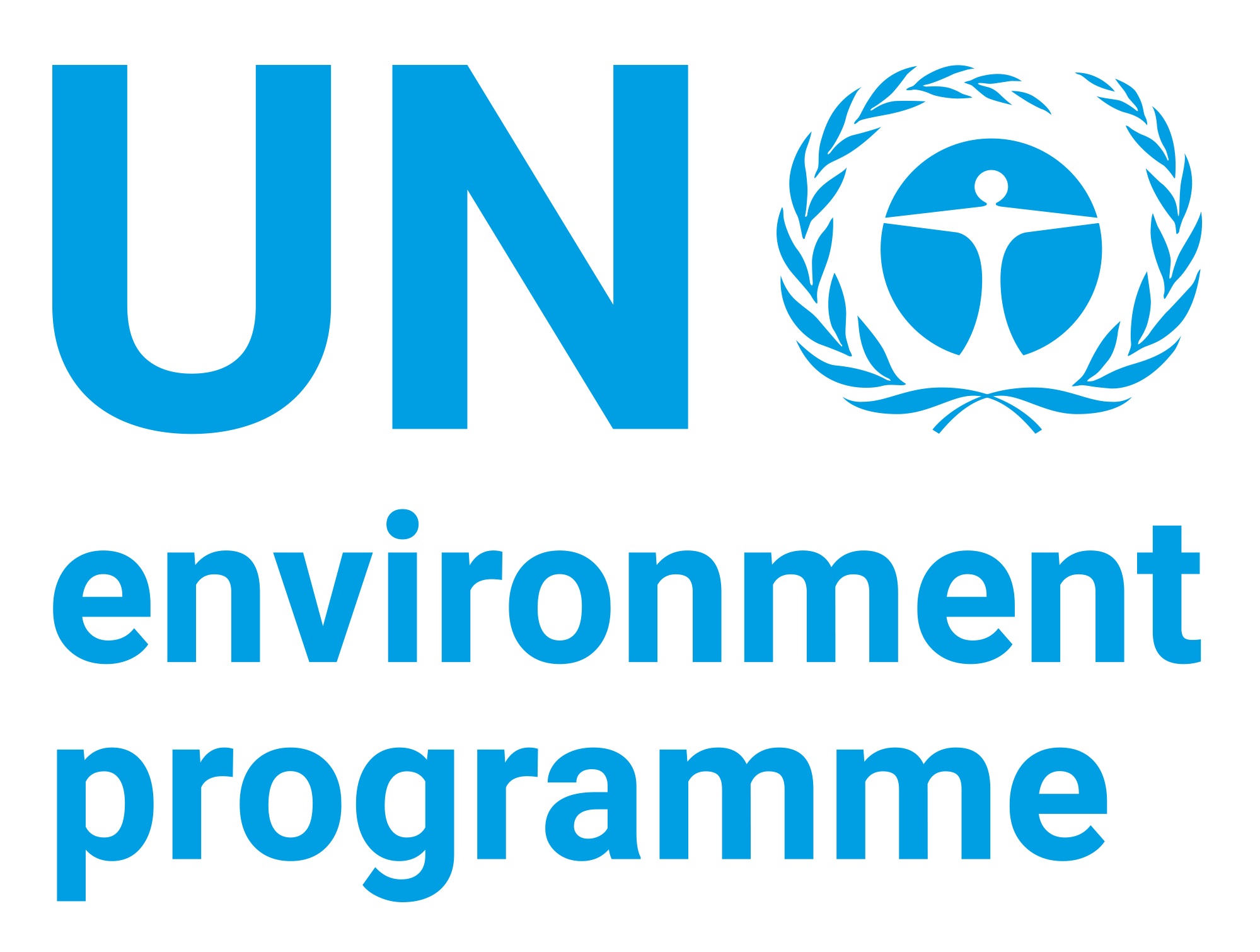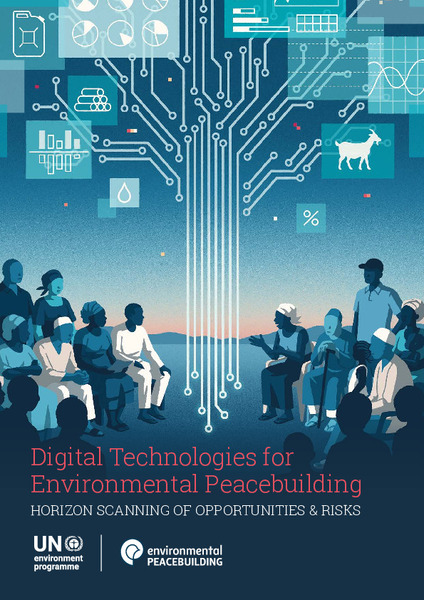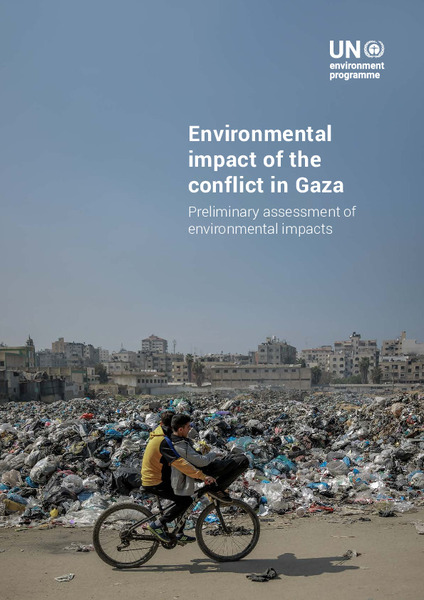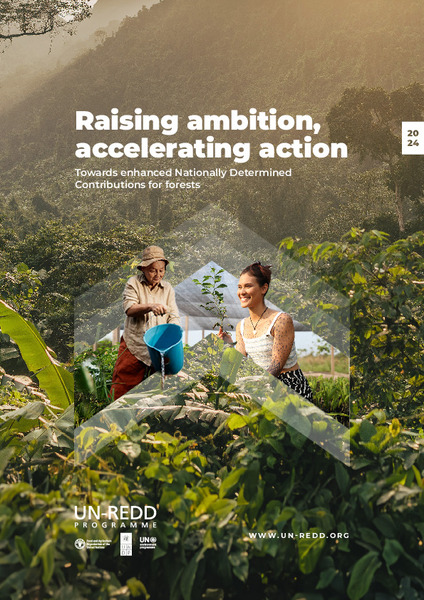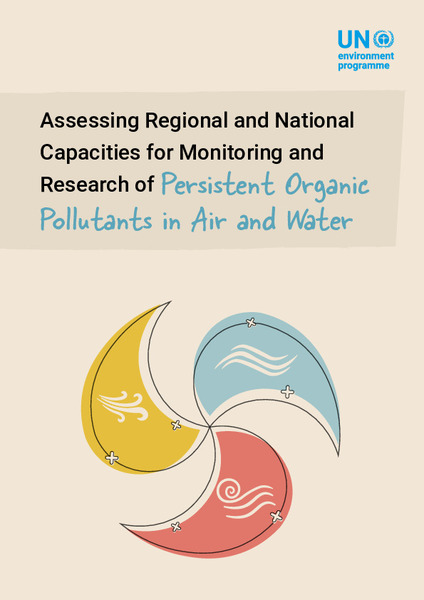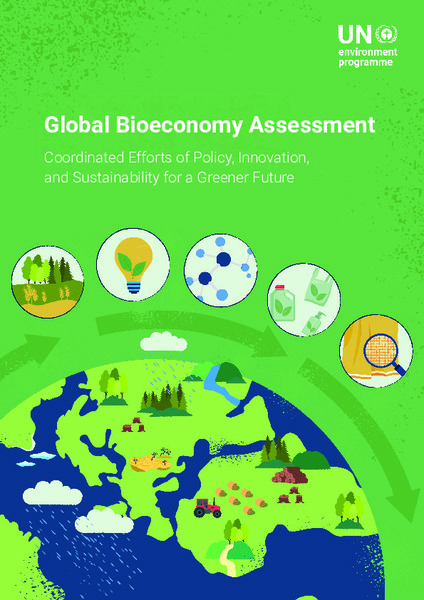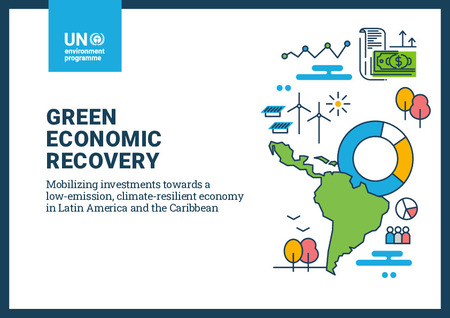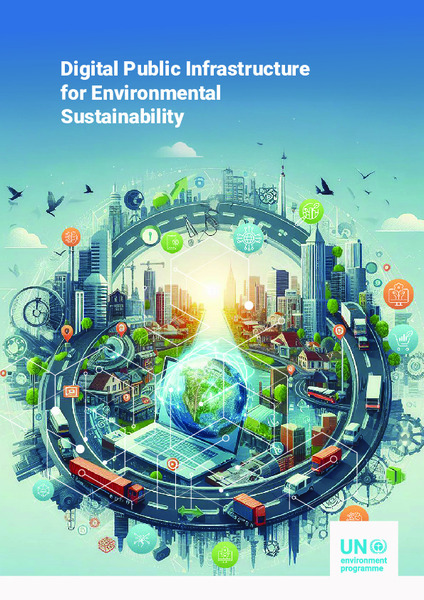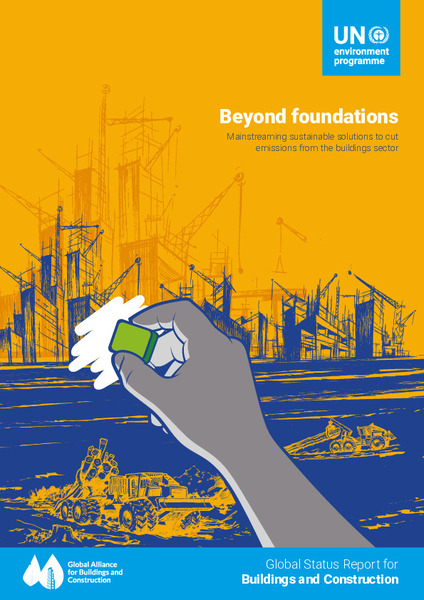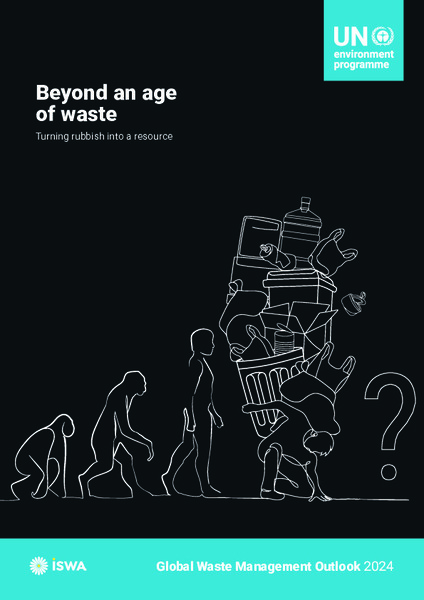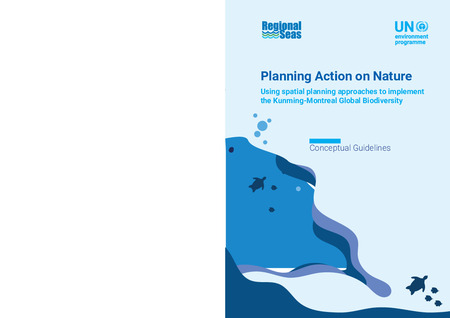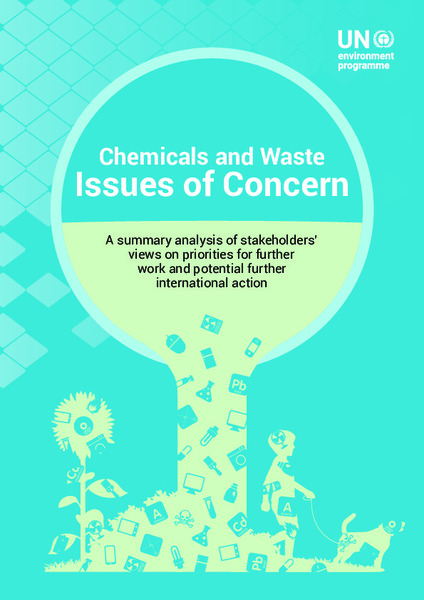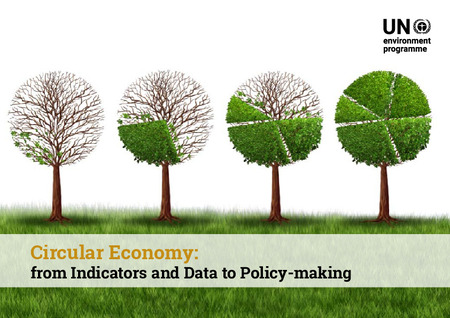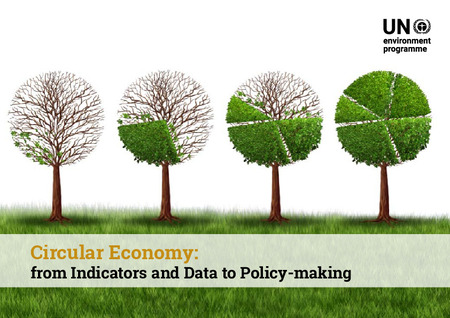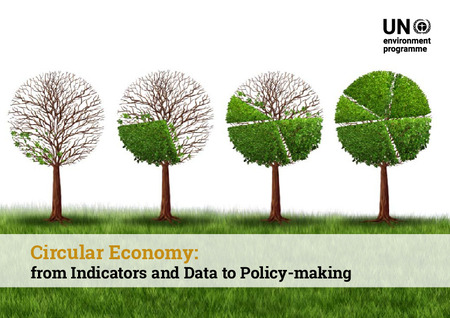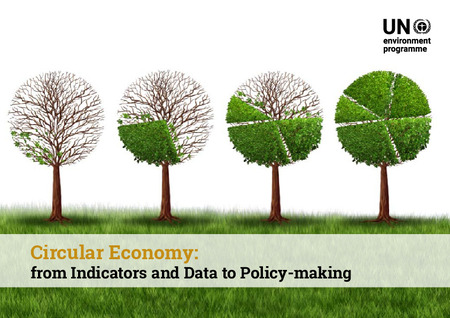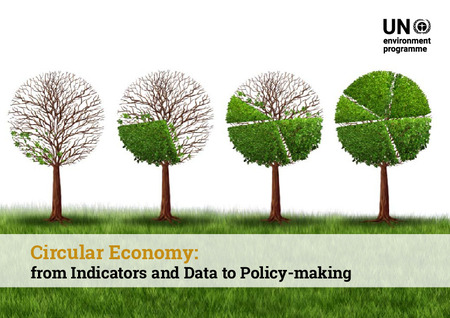Technical Reports: Recent submissions
Now showing items 21-40 of 76
-
Digital Technologies for Environmental Peacebuilding: Horizon scanning of opportunities & risks
(United Nations Environment Programme, 2024-06)This report specifically delves into how digital technologies can be harnessed to manage environmental and natural resource risks that contribute to insecurity and social conflict, as well as the opportunities they present ... -
Environmental impact of the conflict in Gaza: Preliminary assessment of environmental impacts
(United Nations Environment Programme, 2024-06)This Preliminary Assessment was prepared by the United Nations Environment Programme (UNEP) in response to an official request from the State of Palestine for an assessment of the environmental impacts of the conflict in ... -
Raising ambition, accelerating action: Towards enhanced Nationally Determined Contributions for forests
(United Nations Environment Programme, 2024-06)Pledges to reduce deforestation and pledges to financially support this transition from developed countries, are insufficient to halt deforestation by 2030. This report finds that commitments within the Nationally Determined ... -
Assessing Regional and National Capacities for Monitoring and Research of Persistent Organic Pollutants in Air and Water
(United Nations Environment Programme, 2024-05)The United Nations Environment Programme (UNEP), in collaboration with the Secretariat of the Basel, Rotterdam and Stockholm (BRS) Conventions, and with support provided by the Global Environment Facility (GEF), implemented ... -
Strengthening Environmental Management and Reducing Pollution Risks from the Oil and Gas Sector in Uganda
(United Nations Environment Programme, 2024-04)In 2017, UNEP undertook an institutional capacity needs assessment (CNA) to evaluate environmental governance and management within the oil and gas sector in Uganda and developed a draft CNA report. An update to this ... -
Global Bioeconomy Assessment: Coordinated Efforts of Policy, Innovation, and Sustainability for a Greener Future
(United Nations Environment Programme, 2024-04)The bioeconomy, also known as the bio-based economy, refers to the economic activity involving the use of biotechnology and biomass in producing goods, services or energy. It aims to reduce the dependence on fossil ... -
Green economic recovery: Mobilizing investments towards a low-emission, climate-resilient economy in Latin America and the Caribbean
(United Nations Environment Programme, 2024-04)The project "Green Economic Recovery: Mobilizing investments towards a low-emission and climate-resilient economy in Latin America and the Caribbean" aimed to support selected LAC countries (Argentina, Costa Rica, ... -
Food Waste Index Report 2024. Think Eat Save: Tracking Progress to Halve Global Food Waste
(2024-03)To galvanize the necessary action on food waste reduction to achieve SDG 12.3, it is crucial to understand how much food waste there is. Measuring food waste enables countries to understand the scale of the problem – and ... -
Digital Public Infrastructure for Environmental Sustainability
(United Nations Environment Programme, 2024-03)The report examines common information challenges stakeholders face when making decisions related to environmental sustainability and explores the role that Digital Public Infrastructure (DPI) can play as a key part of the ... -
Global Status Report for Buildings and Construction - Beyond foundations: Mainstreaming sustainable solutions to cut emissions from the buildings sector
(United Nations Environment Programme, 2024-03)The Global Status Report for Buildings and Construction (Buildings-GSR), a report published by the UN Environment Programme (UNEP) and the Global Alliance for Buildings and Construction (GlobalABC), provides an annual ... -
Global Waste Management Outlook 2024 - Beyond an age of waste: Turning Rubbish into a Resource
(United Nations Environment Programme, 2024-02)The Global Waste Management Outlook 2024 is a collective effort of UNEP and the International Solid Waste Association. It was published in response to Resolution 2/7 from the second session (UNEP/EA.2/RES.7) of the United ... -
Planning action on nature: Using spatial planning approaches to implement the Kunming-Montreal Global Biodiversity Framework - Conceptual guidelines
(United Nations Environment Programme, 2024-02)The aim of this report is to demonstrate how spatial planning approaches can be used to support the implementation of the Kunming-Montreal Global Biodiversity Framework specifically focusing on the marine realm. Practical ... -
Chemicals and Waste Issues of Concern: A Summary Analysis of Stakeholders’ Views on Priorities for Further Work and Potential Further International Action
(United Nations Environment Programme, 2024-10)In 2020, UNEP published an Assessment Report on 19 chemicals and waste issues of concern which pose risks to human health and the environment. The Report concluded that urgent international concerted action is needed for ... -
Annexes: Circular Economy: From Indicators and Data to Policy-making
(2024-02)The annexes of the Circular Economy: from indicators and data to policy-making contains the geographical distribution, list of variables with available data as well as the metadata for circular economy core indicators. -
Chapter 6/6: Conclusions - Circular Economy: From Indicators and Data to Policy-making
(2024-02)Shifting from a linear to a circular economy model is a complex, lengthy and challenging process. It requires countries to undergo structural changes and intensive technical support. There is no universal solution to apply ... -
Chapter 5/6: Policy-making and the Use of Circular Economy Indicators - Circular Economy: From Indicators and Data to Policy-making
(2024-02)This section analyses how circular economy indicators can help countries to shift from a linear to a circular economy. The first part focuses on presenting examples of the different instruments that can be used at national ... -
Chapter 4/6: Data Gaps - Circular Economy: From Indicators and Data to Policy-making
(2024-02)Four out of the initial list of 15 circular economy core indicators are unavailable (as of October 2023). Considering proxy indicators, only 3 out of 15 indicators are not available. Regarding the various themes of the ... -
Chapter 3/6: Data Availability - Circular Economy: From Indicators and Data to Policy-making
(2024-02)Circular economy is a recent thematic topic, whose boundaries definition is still in progress, and many indicators are not yet well-defined. In general, the information required to populate the circular economy indicators ... -
Chapter 2/6: Data Sources, Data Providers and Methodologies - Circular Economy: from Indicators and Data to Policy-making
(2024-02)To create a dataset for the core indicators of circular economy, different data sources were identified and selected according to the following criteria:
